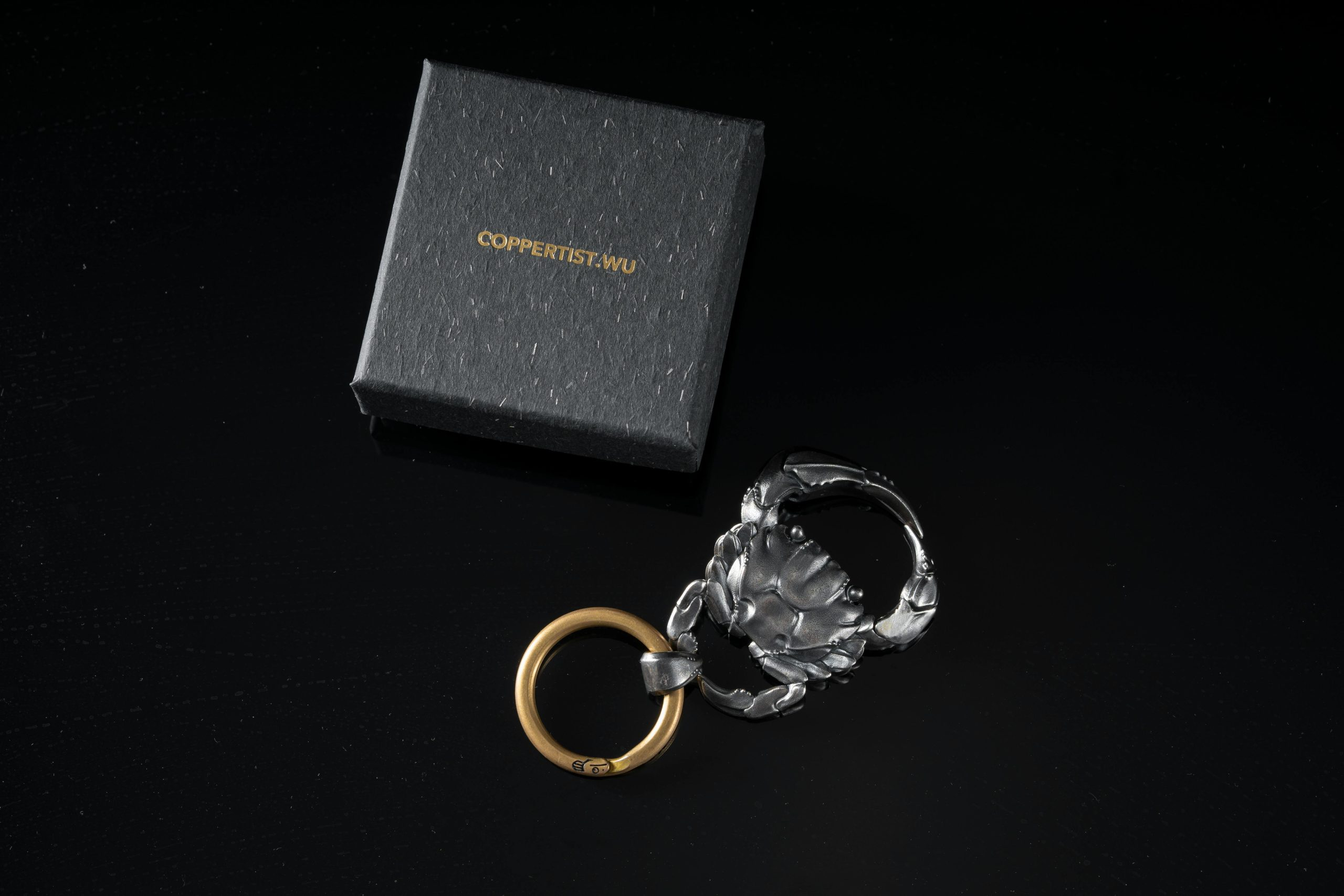The Rise of Slow Fashion: Quality Over Quantity
The fashion industry has long been known for its fast-paced and ever-changing nature. Trends come and go with lightning speed, leaving little time for consumers to catch up. However, in recent years, there has been a noticeable shift towards a more sustainable and ethical approach to fashion. This movement, known as “slow fashion,” prioritizes quality over quantity, challenging the traditional notion of constantly buying and discarding clothing. In this article, we’ll explore the rise of slow fashion and the impact it is having on the fashion industry and beyond.
The Origins of Slow Fashion
The concept of slow fashion emerged in response to the harmful practices of fast fashion, which prioritizes profit and mass production over ethical and sustainable practices. Fast fashion has been linked to negative environmental impacts, including pollution and excessive waste, as well as exploitative labor practices in developing countries. It also perpetuates a culture of overconsumption and encourages the constant need for new clothing.
On the other hand, slow fashion focuses on creating high-quality, durable pieces that are made ethically and sustainably. This movement draws inspiration from the slow food movement, which advocates for locally-sourced, organic, and healthier food choices.
The Slow Fashion Philosophy
Ethical and Sustainable Practices
At the heart of slow fashion is the prioritization of ethical and sustainable practices. This involves various aspects of the supply chain, such as sourcing of materials, production methods, and labor conditions. Slow fashion brands aim to minimize their environmental impact by using sustainable materials and production processes that reduce waste and carbon footprint. They also ensure fair and safe working conditions for their workers, often partnering with small-scale artisans and promoting transparency in their supply chain.
Durable and Timeless Pieces
Unlike fast fashion, where trends come and go quickly, slow fashion is all about creating timeless and durable pieces that can last for years. Slow fashion brands focus on quality over quantity, using high-quality materials and production techniques that result in longer-lasting garments. While fast fashion encourages frequent shopping for new trends, slow fashion emphasizes investing in long-lasting pieces that can be worn for years to come.
Less Waste
One of the most significant advantages of slow fashion is the reduction of waste. Fast fashion’s fast-paced production churns out large quantities of clothing, resulting in excessive waste and pollution. On the other hand, slow fashion brands produce in smaller quantities, often using leftover or recycled materials. They also encourage sustainable and ethical practices, such as upcycling and recycling, to minimize the environmental impact of the fashion industry.
The Impact of Slow Fashion
On the Fashion Industry
The rise of slow fashion has had a significant impact on the fashion industry, challenging the traditional model of fast fashion. Slow fashion brands have begun to gain recognition and popularity, with consumers becoming more conscious of their purchasing habits and demanding more transparency from brands. This has put pressure on fast fashion companies to increase their sustainability efforts and ethical practices.
On Consumers
The slow fashion movement has also influenced consumer behavior, encouraging conscious and mindful consumption. With the rise of social media and online shopping, consumers have more access to information and are becoming more aware of the impact of their purchases. They are now seeking out ethical and sustainable alternatives and are willing to invest in high-quality, timeless pieces rather than constantly buying new, trendy items.
On the Environment
The fashion industry is one of the largest polluters globally, with fast fashion being a significant contributor. The slow fashion movement’s focus on sustainability and ethical practices has a positive impact on the environment. By minimizing waste and promoting renewable and recycled materials, slow fashion is reducing its carbon footprint and contributing to a more sustainable future.
The Future of Slow Fashion
The rise of slow fashion has shown that there is a growing demand for ethical and sustainable fashion. As consumers become more conscious of their purchasing habits and the environmental impact of the fashion industry, the demand for slow fashion is expected to continue to increase. This movement has the potential to change the traditional fashion industry’s practices and pave the way for a more ethical and sustainable future.
Conclusion
The rise of slow fashion represents a significant shift in the fashion industry towards a more ethical and sustainable approach. By advocating for ethical and sustainable practices, creating timeless pieces, and minimizing waste, slow fashion is challenging the traditional model of fast fashion. As more consumers become conscious of their purchasing habits and demand more transparency from brands, the future of slow fashion looks promising. It’s time to say goodbye to fast fashion and embrace quality over quantity.











